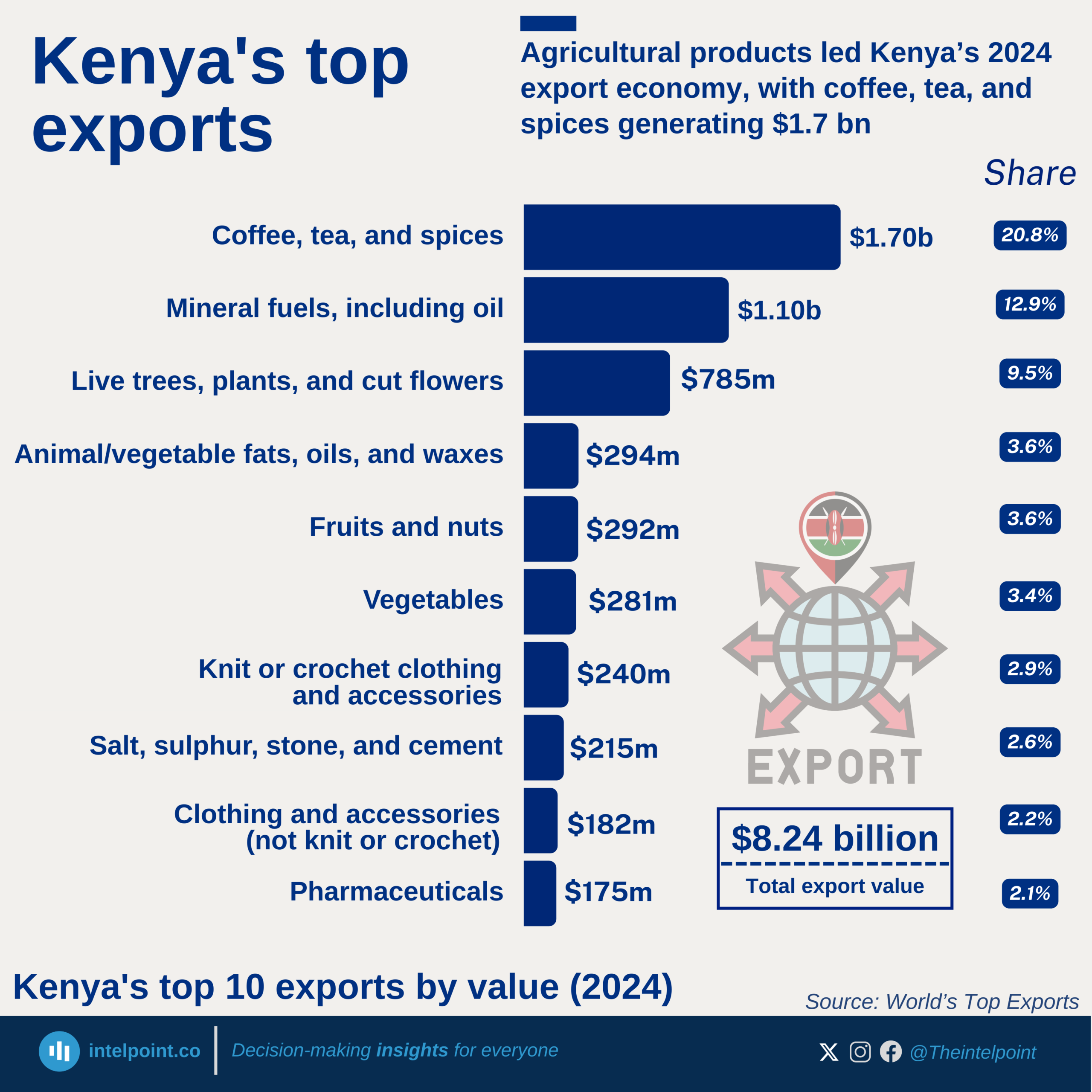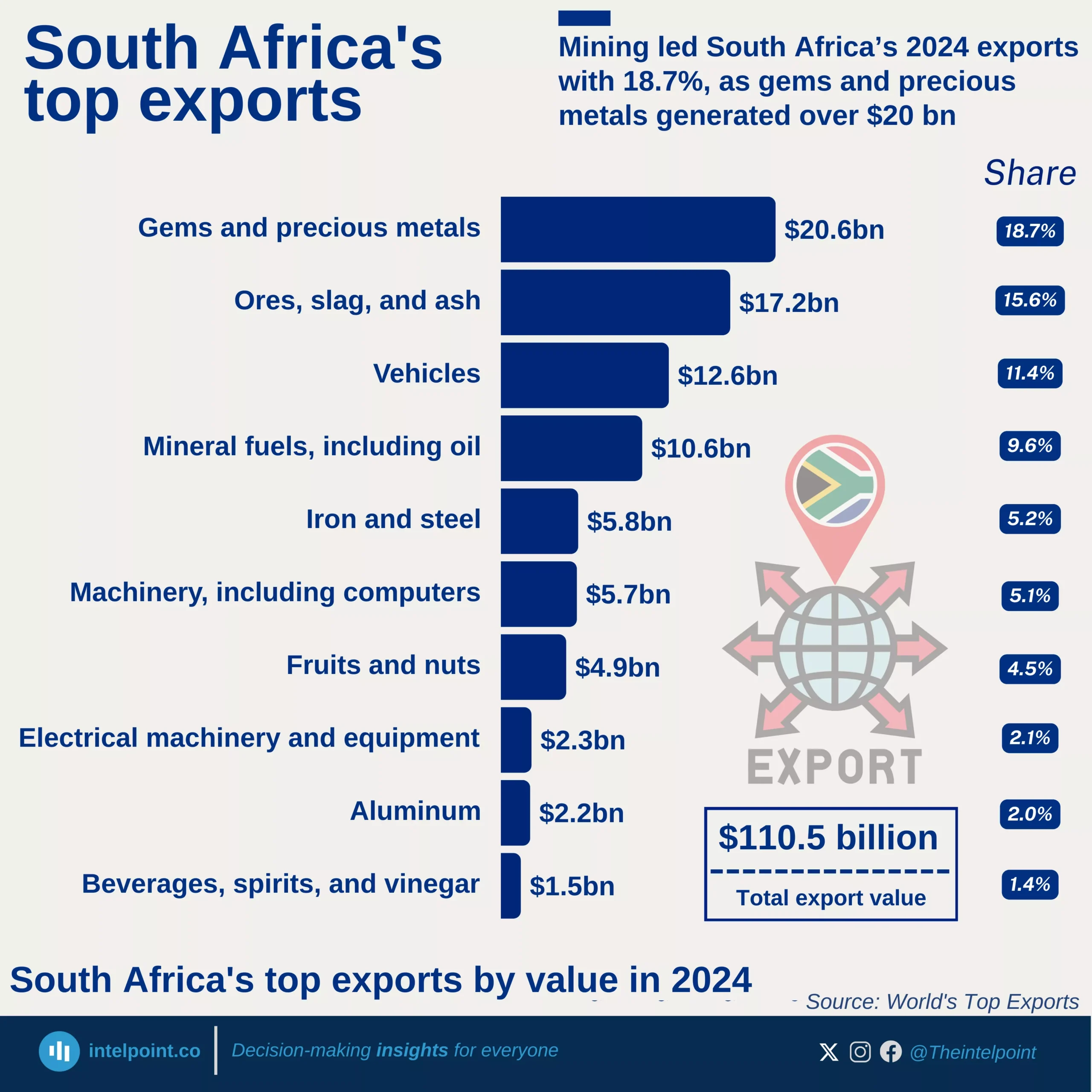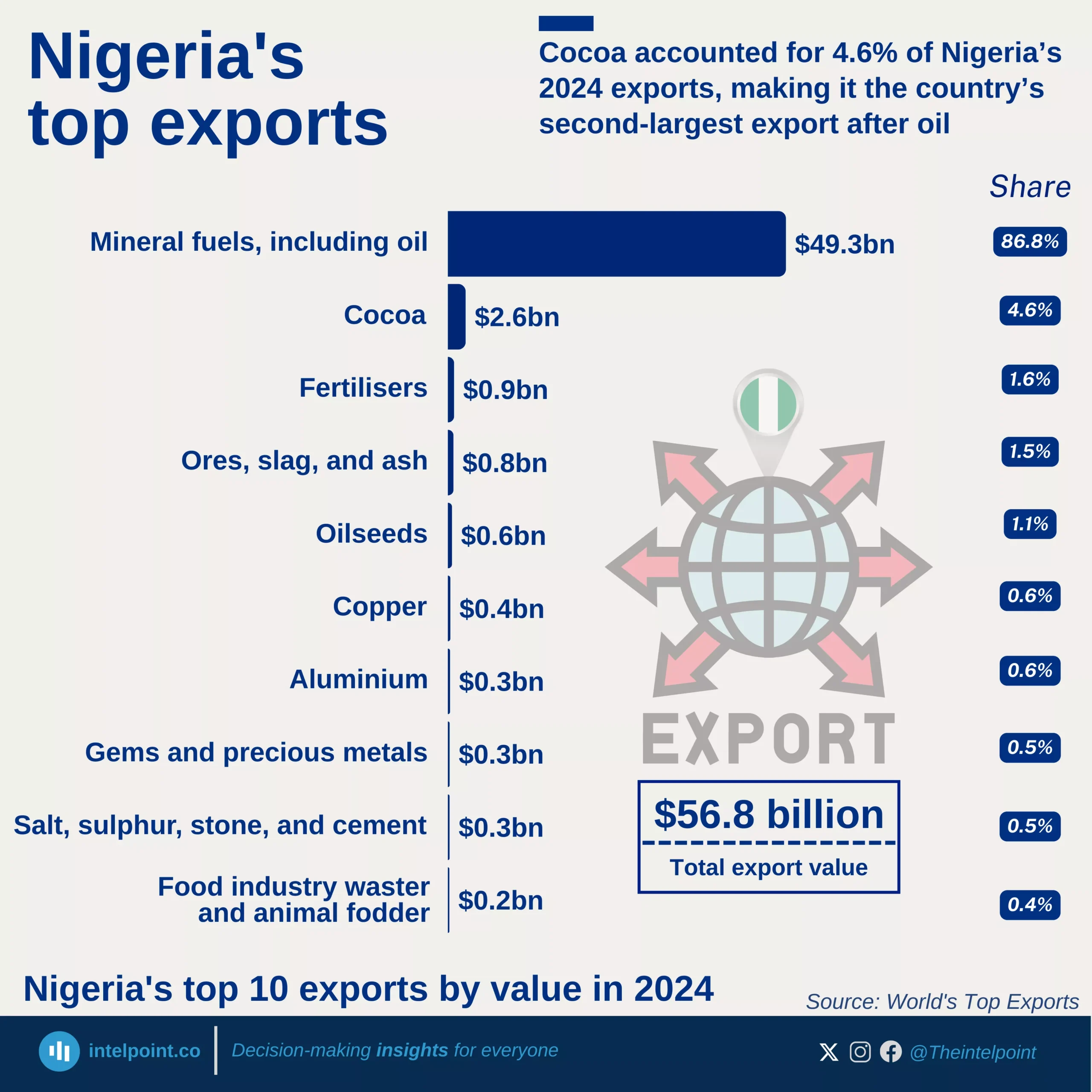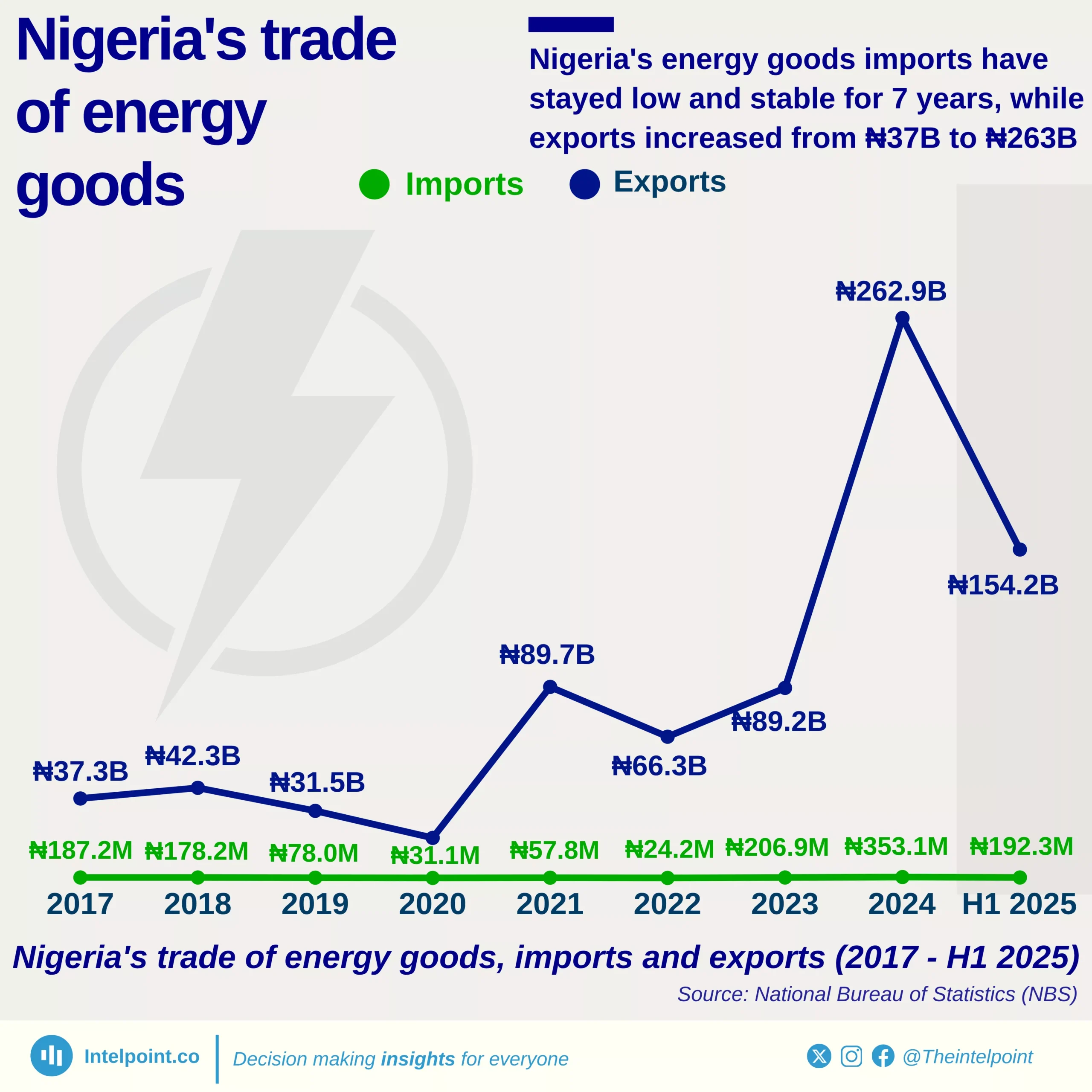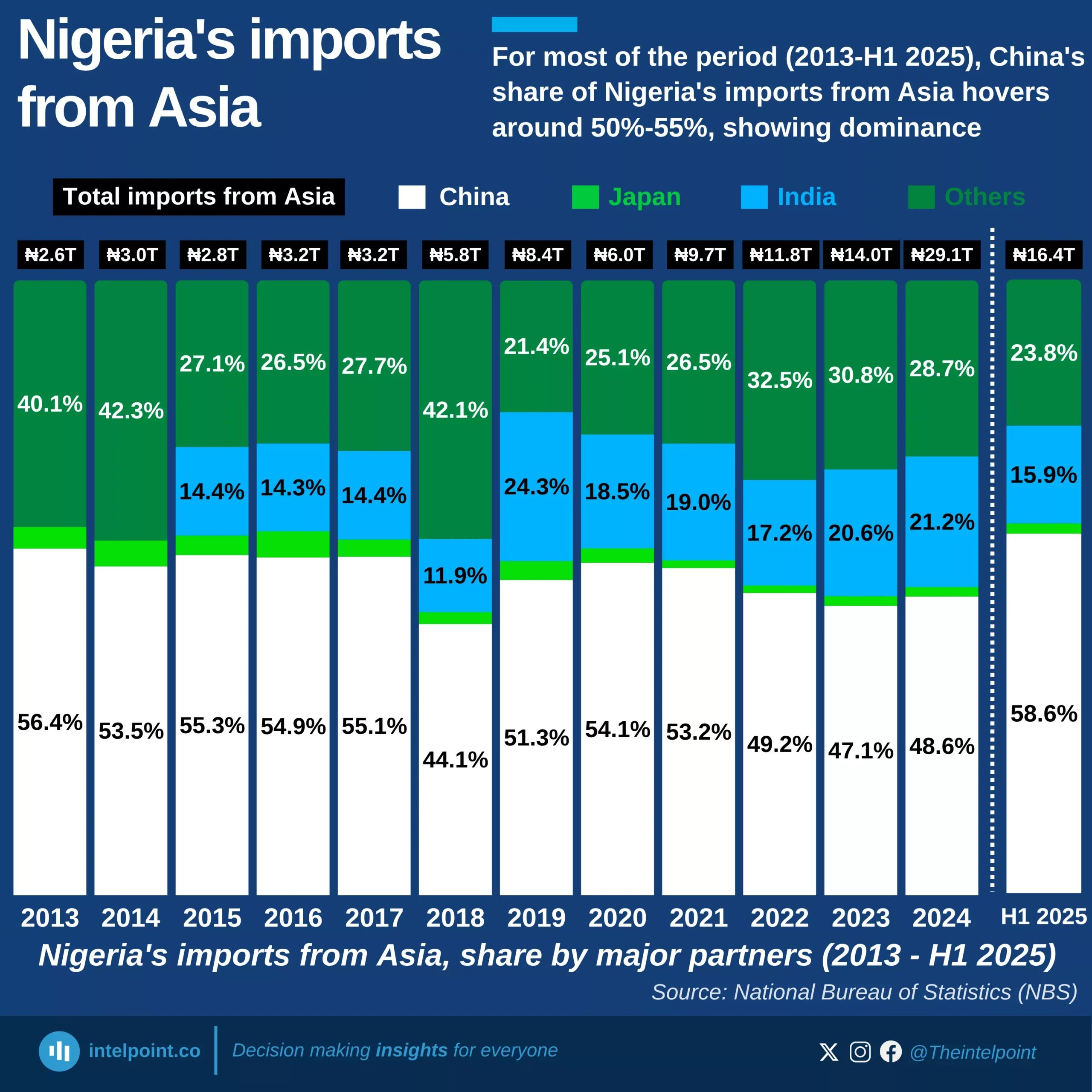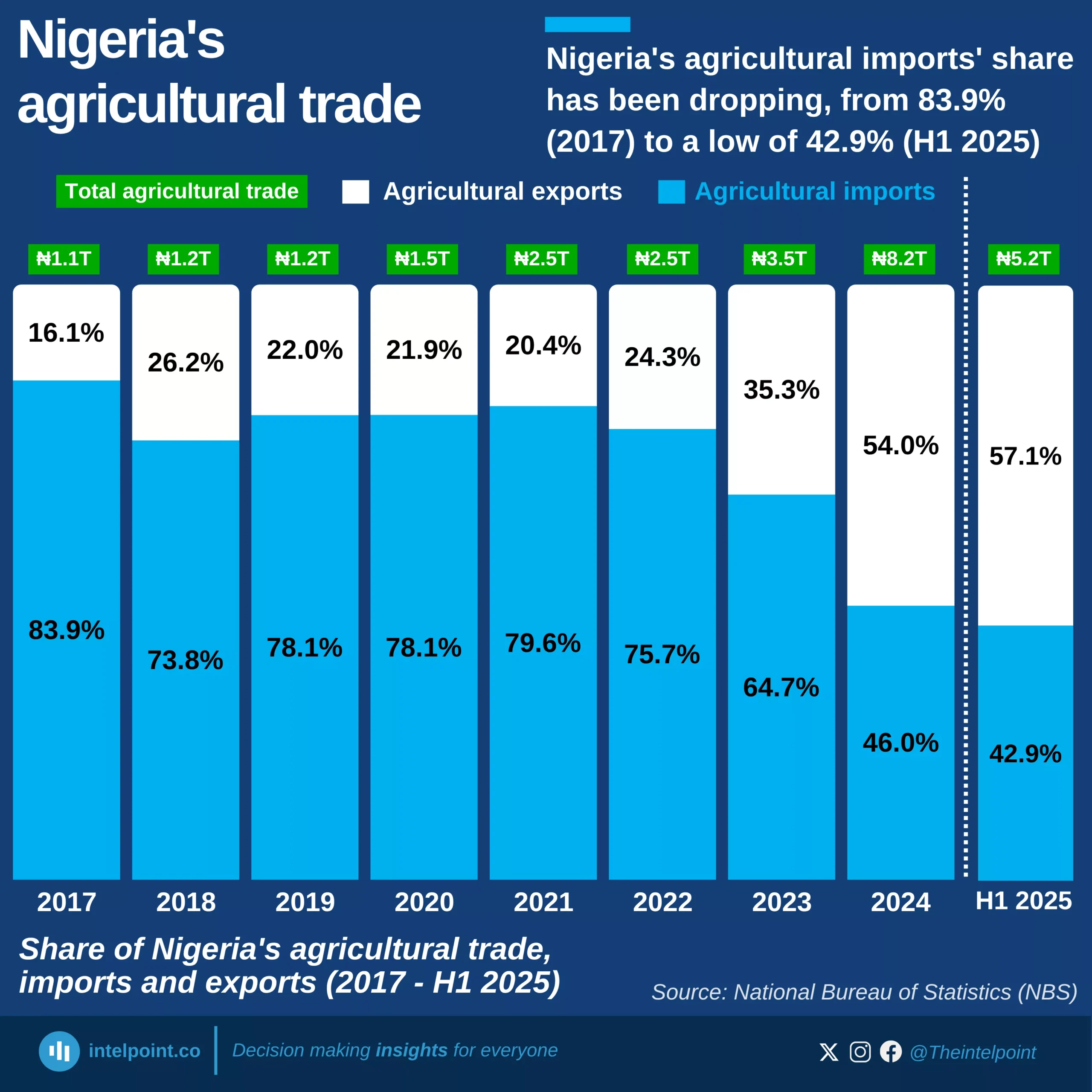In 2023, South Africa’s citrus exports to the U.S. reached $141 million, accounting for just 5.8% of its total citrus exports. In contrast, the Netherlands received a larger share, with $450 million in citrus exports, making up 18.6% of South Africa’s total citrus trade. This stark difference highlights the U.S. as a smaller market for South African citrus compared to Europe. While the recent tariffs may affect South Africa, the U.S. remains an important, but secondary, destination for South African citrus.
